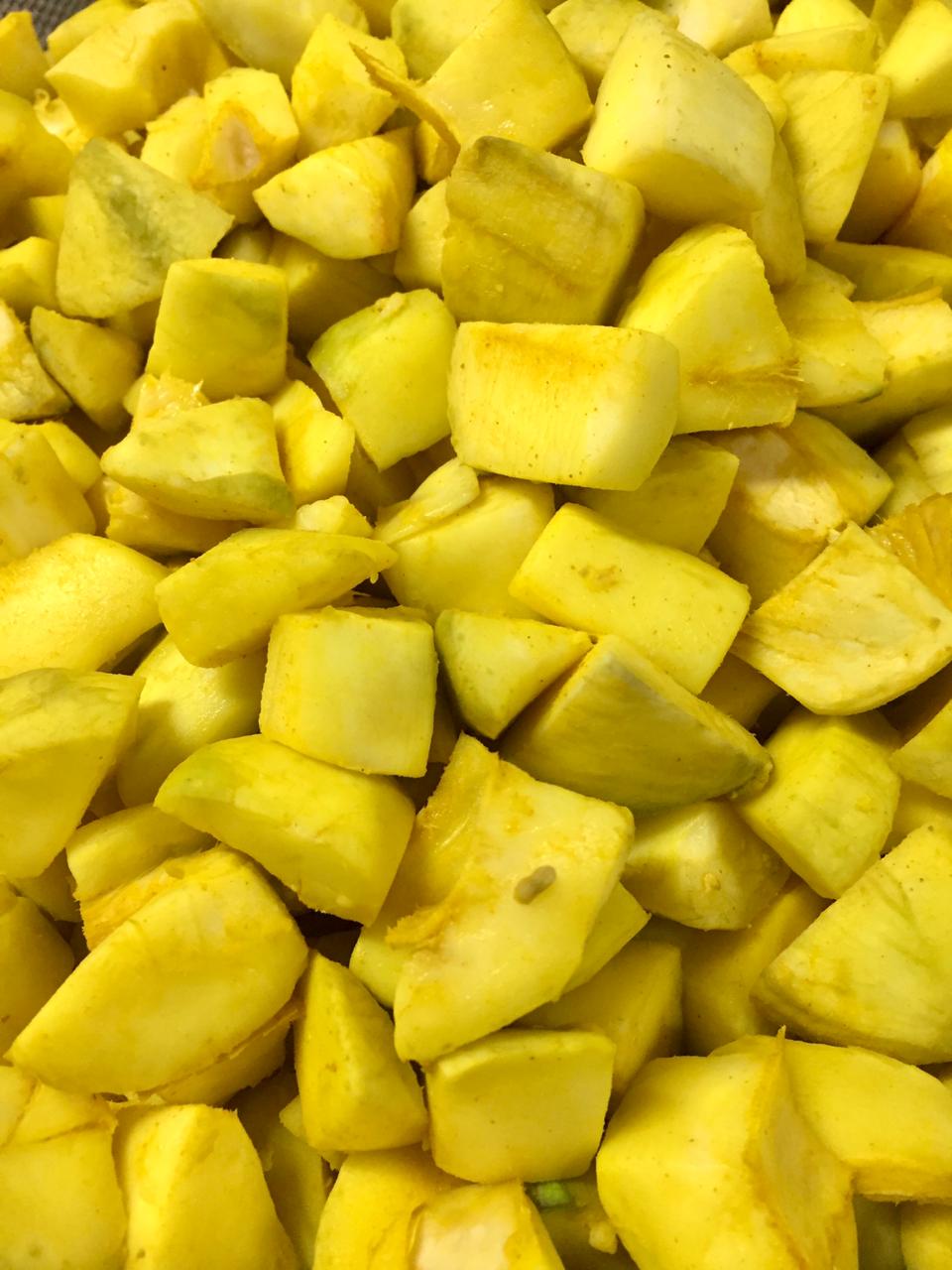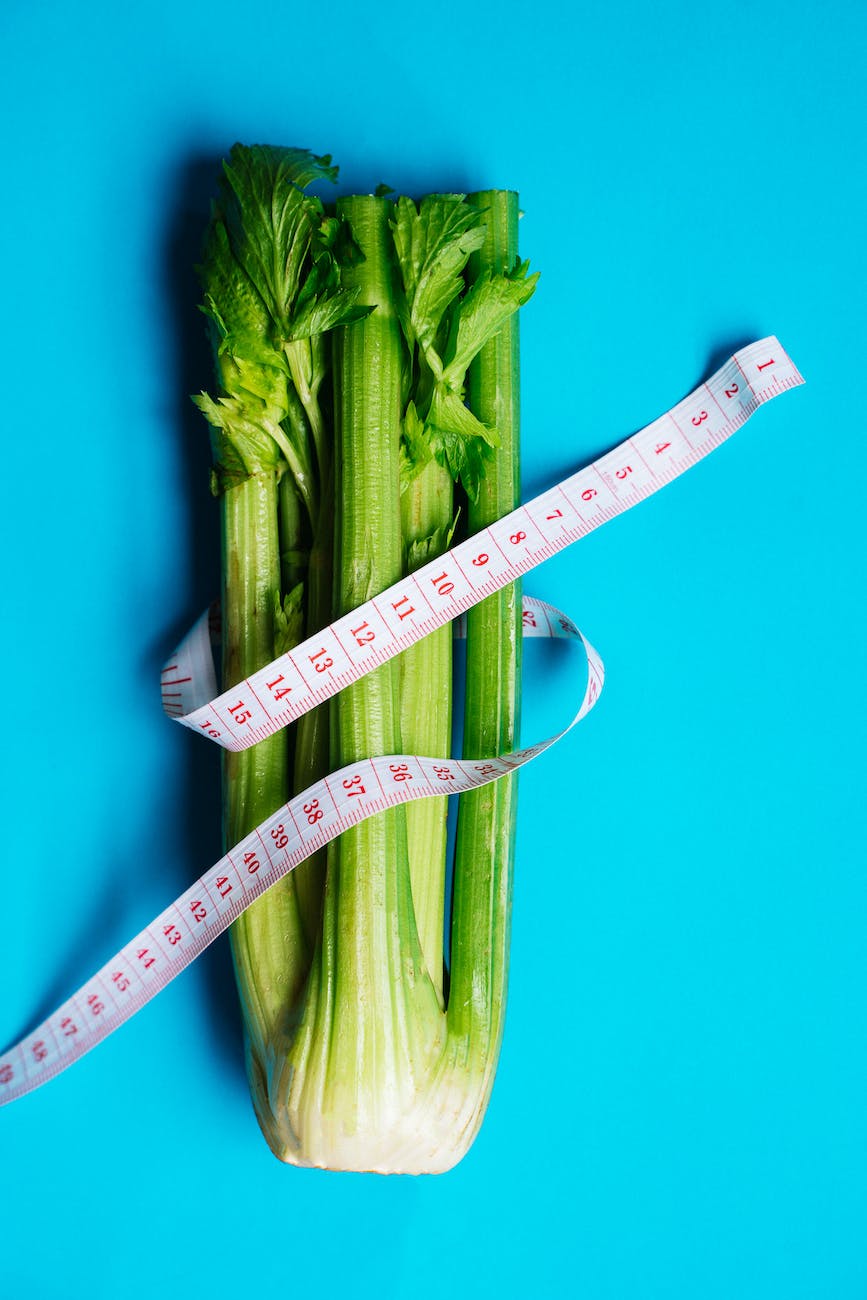
Welcome to our comprehensive guide on mangoes and blood pressure! Mangoes, known as the ‘king of fruits’, are loved worldwide for their delicious taste. But did you know they also pack a nutritional punch? They’re rich in vitamins, minerals, and antioxidants, making them a great addition to a healthy diet. 🍽️ However, many people wonder about the effects of mangoes on blood pressure. Can they cause it to rise? Or could they potentially help to lower it? Let’s dive in and find out! 🏊♀️
📌 Can Ripe Mango Cause High Blood Pressure? 🥭➕🩺
Ripe mangoes are sweet and delicious, but can they cause high blood pressure? The answer is not straightforward. Mangoes contain natural sugars, which, if consumed in excess, could contribute to weight gain and higher blood pressure. However, mangoes also have a high water content and are rich in dietary fiber, which can aid in digestion and help maintain a healthy weight. Moreover, they contain potassium, a mineral known to help control blood pressure levels. So, while overindulging in mangoes (like any other food) isn’t advisable, eating them in moderation as part of a balanced diet shouldn’t cause high blood pressure. 🍽️🥭👍
📌 Is Mango Good for High Blood Pressure Patients? 🥭➕❤️
If you’re living with high blood pressure, you might be wondering if mangoes are a safe choice for you. The good news is that mangoes can be part of a heart-healthy diet. They’re rich in potassium, a mineral that helps balance the effects of sodium and maintain healthy blood pressure. Additionally, mangoes are a good source of dietary fiber, which can help lower blood pressure and improve overall heart health. However, it’s important to remember that managing high blood pressure requires a comprehensive approach, including a balanced diet, regular exercise, and medical treatment if necessary. 🏋️♀️🥭💊
📌 Can Mango Increase Blood Pressure? 🥭➕⬆️
The question of whether mangoes can lead to an increase in blood pressure is a common one. As we’ve discussed, mangoes contain natural sugars. Consuming too much sugar, even from natural sources, can lead to weight gain, which is a risk factor for high blood pressure. However, the fiber, water content, and nutrients in mangoes, like potassium, generally make them a good choice for heart health. The key is to enjoy them as part of a balanced diet and not in excess. 🥭⚖️
📌 Can I Eat Mango If I Have High Blood Pressure? 🥭➕🤔
Are you a mango lover who’s been diagnosed with high blood pressure? If so, you’re probably asking this question. The answer is yes, you can enjoy mangoes even if you have high blood pressure. As we’ve mentioned, mangoes contain heart-healthy nutrients like potassium and fiber. However, it’s important to consume them in moderation as part of a balanced diet. Also, remember to manage other lifestyle factors that affect blood pressure, such as physical activity levels, salt intake, and stress. 🥭🚴♀️🧂🧘♀️
📌 Mango Shake for High Blood Pressure 🥭➕🥤
Fancy a mango shake? If you have high blood pressure, you’ll want to make sure it’s a healthy choice. Here’s a simple and nutritious recipe:
- One ripe mango, peeled and diced 🥭
- One cup of low-fat yogurt or almond milk 🥛
- A handful of ice cubes ❄️
- Optional: a teaspoon of honey for added sweetness 🍯
Blend all the ingredients until smooth, and enjoy! This shake combines the benefits of mango with the protein of yogurt or the heart-healthy fats of almond milk. Just remember to keep an eye on portion sizes to avoid consuming too much sugar. 🥭🥤👌
📌 Does Mango Increase Blood Pressure? 🥭➕❓
This question seems to be on everyone’s mind. As we’ve discussed, the natural sugars in mangoes could potentially contribute to high blood pressure if consumed in excess. However, the fiber and nutrients in mangoes, particularly potassium, can help maintain healthy blood pressure levels. The key is to enjoy mangoes in moderation as part of a balanced diet. 🥭🍽️
📌 Is Mango Good for Hypertension? 🥭➕👍
Hypertension, or high blood pressure, affects millions worldwide. Can enjoying a juicy mango help? As we’ve discussed, mangoes are rich in potassium, a mineral that helps regulate blood pressure. They also contain fiber and antioxidants, which are beneficial for heart health. So, while mangoes alone can’t treat hypertension, they can certainly be part of a heart-healthy diet. 🥭❤️
📌 Can Mangoes Lower Blood Pressure? 🥭➕⬇️
The potential of mangoes to lower blood pressure is an exciting prospect. While more research is needed, some studies suggest that the nutrients in mangoes, particularly potassium, can help maintain or even lower blood pressure. However, it’s important to remember that managing blood pressure involves more than just diet. Regular exercise, maintaining a healthy weight, limiting alcohol and sodium intake, and taking prescribed medications are all crucial. 🥭🏋️♀️🍷🧂💊
📌 Mango and Heart Health 🥭➕❤️
Beyond blood pressure, what’s the overall impact of mangoes on heart health? Mangoes are rich in antioxidants, which can protect against heart disease by reducing oxidative stress in the body. They’re also a good source of fiber, which can lower cholesterol levels and improve heart health. So, while more research is needed, it’s clear that mangoes have plenty to offer when it comes to heart health. 🥭❤️
📌 Raw Mango and Blood Pressure: A Tangy Twist 🥭➕🩺
Raw mangoes, also known as green mangoes, are a popular ingredient in many cuisines around the world. They’re tangy, versatile, and packed with nutrients. But what’s their impact on blood pressure? Let’s find out! 🕵️♀️
📌 Can Raw Mango Cause High Blood Pressure? 🥭➕⬆️
Just like ripe mangoes, raw mangoes contain a good amount of potassium, which is beneficial for maintaining healthy blood pressure levels. They’re also low in sodium, which is a plus for blood pressure management. However, how you consume raw mango can make a difference. For instance, pickles or chutneys made from raw mangoes often contain a lot of salt, which can raise blood pressure. So, while raw mango itself doesn’t cause high blood pressure, it’s important to be mindful of how you’re consuming it. 🥭🧂
📌 Is Raw Mango Good for High Blood Pressure? 🥭➕👍
Raw mangoes can be a healthy choice for people with high blood pressure, thanks to their potassium content and low sodium levels. They also contain vitamin C and fiber, which are beneficial for heart health. However, as with ripe mangoes, it’s important to consume them as part of a balanced diet and not in excess. And remember, if you’re using raw mango in a recipe, be mindful of the other ingredients, especially salt. 🥭🍽️
📌 Raw Mango and Hypertension 🥭➕🩺
Hypertension, or high blood pressure, is a serious health condition that requires a comprehensive management approach. Can raw mangoes play a role? As we’ve discussed, the potassium in raw mangoes can help regulate blood pressure, and their low sodium content is a plus. However, they’re just one piece of the puzzle. Regular exercise, a balanced diet, maintaining a healthy weight, and taking prescribed medications are all crucial for managing hypertension. 🥭🏋️♀️🍽️💊
📌 Conclusion: Mangoes and Blood Pressure – The Sweet and Tangy Verdict 🎯🥭
Mangoes, both ripe and raw, can be a heart-healthy choice. They’re packed with nutrients like potassium that can help manage blood pressure. But remember, balance is key! 🥭🍽️🧂
Whether you’re dealing with hypertension or aiming for a healthier lifestyle, pair your mango intake with regular exercise, a balanced diet, and any advice from your healthcare professional. 🏋️♀️👩⚕️💊
In the world of nutrition, mangoes are just one delicious piece of the puzzle. So, enjoy their sweet and tangy goodness, but do so mindfully. Stay healthy, stay happy, and keep savoring the fruity delights! 🥭🎉👍













